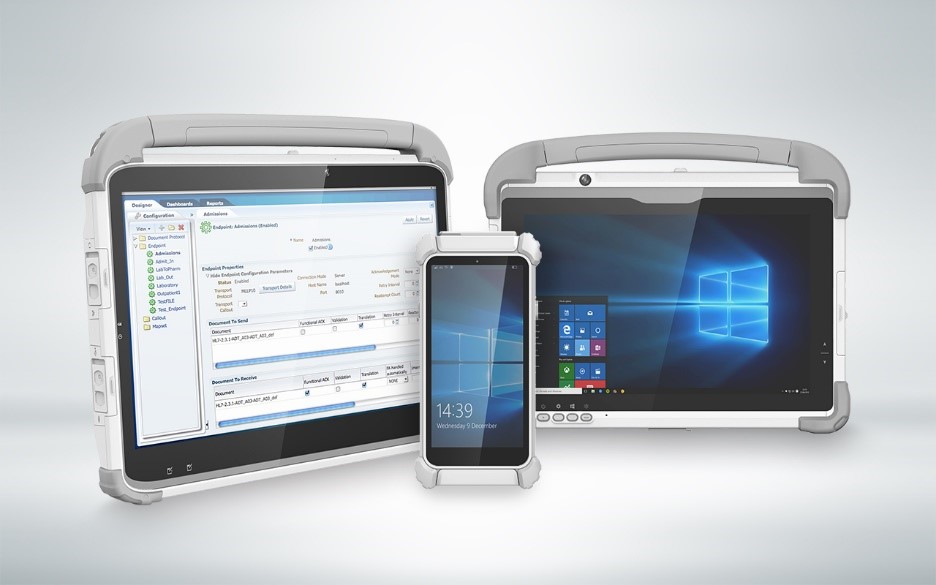
The advancement of health care technology continues to revolutionize the medical field. With the increase of data in the Medical IT world, there is an ongoing need to be able to access and record patient information efficiently. Hospitals, nursing facilities, and clinics across the globe are also searching for ways to become more efficient with internal operations and offer more effective patient care.
Continue reading “Medical Cart Computers in Hospitals and Skilled Nursing Facilities”




